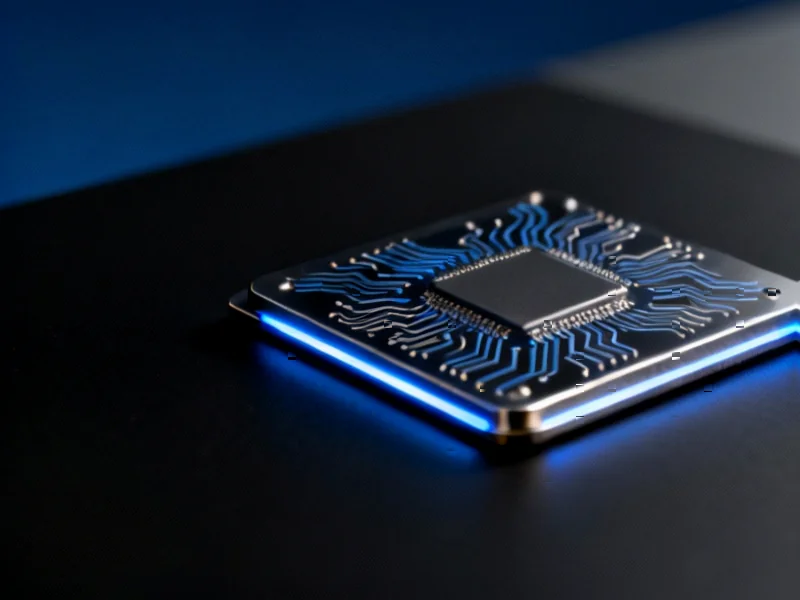According to Gizmodo, former OpenAI chief scientist Ilya Sutskever spent more than a year planning to remove CEO Sam Altman before submitting a 52-page memo to the board describing Altman as exhibiting “a consistent pattern of lying, undermining his execs, and pitting his execs against one another.” Sutskever’s deposition in Elon Musk’s lawsuit reveals he waited until board dynamics would allow Altman’s replacement, leading to the CEO’s firing on November 17, 2023. The coup attempt backfired when 738 employees signed a petition threatening to leave if Altman wasn’t reinstated, and he returned by November 21. During the brief leadership vacuum, OpenAI and Anthropic discussed a potential merger that would have placed Anthropic’s leadership in charge, but the deal collapsed as employee mutiny grew. This new information provides crucial context about one of the most dramatic power struggles in tech history.
The Technical Leadership Crisis at AI’s Frontier
What makes this leadership crisis particularly significant is how it reflects the unique challenges of managing frontier AI research organizations. Unlike traditional tech companies where product roadmaps and quarterly earnings drive decisions, organizations like OpenAI operate at the intersection of exponential technological growth and existential safety concerns. The tension between rapid deployment and cautious development creates natural fault lines that can fracture leadership teams. Sutskever, as chief scientist, represented the research-first, safety-conscious wing of the organization, while Altman embodied the product-focused, growth-oriented approach. This fundamental philosophical divide isn’t unique to OpenAI—we’ve seen similar tensions at Google DeepMind, Anthropic, and other AI labs—but the stakes were particularly high given OpenAI’s position at the forefront of generative AI development following ChatGPT’s explosive launch.
Where OpenAI’s Governance Architecture Failed
The attempted coup reveals critical flaws in OpenAI’s original governance structure. The nonprofit board’s ability to fire the CEO without shareholder pressure was designed as a safety mechanism, but it proved inadequate when faced with internal power struggles. The court documents show how board dynamics became the central battlefield, with Sutskever carefully timing his move based on shifting alliances rather than clear governance protocols. This suggests that the much-discussed “capable of overseeing AGI” governance structure wasn’t robust enough to handle basic corporate leadership disputes. The aftermath—where nearly the entire technical staff threatened mass resignation—demonstrates that in talent-driven AI organizations, traditional corporate governance mechanisms can be overridden by collective technical expertise.
The Anthropic Merger That Almost Reshaped AI
The revelation that OpenAI and Anthropic discussed a merger during Altman’s brief ouster represents one of the most significant near-misses in AI industry consolidation. These two organizations represent fundamentally different philosophical approaches to AI development—OpenAI’s relatively open deployment strategy versus Anthropic’s constitutional AI framework. A merger would have created an unprecedented concentration of AI talent and resources, potentially accelerating capabilities research while creating a single entity with extraordinary market power. The fact that board members were “largely supportive” of such a merger indicates how seriously they considered alternatives to Altman’s leadership. This near-merger also highlights the fluid nature of AI industry structures, where philosophical alignment can sometimes override competitive considerations.
The New Reality: Employee Power in AI Ecosystems
The most striking aspect of this saga is how employee sentiment ultimately determined the outcome. When 738 employees threatened to follow Altman to Microsoft, they demonstrated that in AI organizations, technical talent holds ultimate power. This reflects a broader trend in the AI industry where specialized researchers and engineers have extraordinary leverage due to extreme talent scarcity. The rapid reinstatement of Altman, as documented in the subsequent board restructuring, shows that traditional corporate governance mechanisms are secondary to maintaining critical technical teams intact. This dynamic will likely shape future leadership transitions across the AI industry, where technical staff effectively have veto power over board decisions.
Long-Term Implications for AI Governance
This episode will likely influence how AI companies structure their governance for years to come. The failure of OpenAI’s original board to execute a leadership transition suggests that future AI organizations will need more sophisticated governance mechanisms that balance technical expertise, safety considerations, and operational realities. We may see the emergence of new governance models that give technical staff formal representation in leadership decisions, or more elaborate checks and balances that prevent either unilateral board action or employee revolts from destabilizing organizations. As AI capabilities continue to advance, getting these governance structures right becomes increasingly critical—not just for corporate stability, but for ensuring responsible development of increasingly powerful AI systems.




